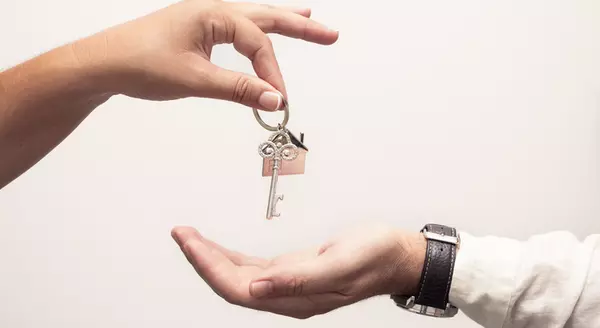Understanding the Closing Process: A Step-by-Step Guide

The closing process is the final and crucial step in the homebuying journey. It's the point where ownership of the property is transferred from the seller to the buyer. While it may seem overwhelming, understanding the closing process can help alleviate stress and ensure a smooth transition. In this article, we will provide a step-by-step guide to help you grasp the essentials of the closing process.
Step 1: Reviewing the Closing Disclosure
Before the closing date, you will receive a Closing Disclosure from the lender. This document outlines the final details of your mortgage, including loan terms, interest rate, closing costs, and other expenses. Take the time to carefully review the Closing Disclosure, ensuring that all information is accurate and aligns with your expectations.
Step 2: Scheduling the Closing Date
Once you're satisfied with the Closing Disclosure, the next step is to schedule the closing date. Typically, this is coordinated between the buyer, seller, real estate agents, and the title company or closing attorney. The closing date should provide sufficient time to complete any remaining contingencies and gather the necessary documents.
Step 3: Conducting a Final Walkthrough
Before the closing, it's customary to conduct a final walkthrough of the property. This gives the buyer an opportunity to ensure that the property is in the agreed-upon condition and that any repairs or modifications have been made as specified in the contract. If any issues are identified, they should be addressed with the seller before proceeding to the closing.
Step 4: Gathering Required Documents
Both the buyer and the seller must gather the necessary documents for the closing. These may include identification, proof of homeowners insurance, the deed, the mortgage note, and any additional paperwork required by the lender or local regulations. It's important to have all the required documents in order to facilitate a smooth closing process.
Step 5: Closing Day
On the closing day, all parties involved in the transaction will gather at a predetermined location, typically the office of the title company or closing attorney. During the closing, the buyer will review and sign various documents, including the mortgage, the promissory note, and the deed. The seller will sign the deed and transfer ownership to the buyer. Additionally, closing costs, fees, and prorated expenses will be settled.
Step 6: Funding and Recording
Once all the documents have been signed, the buyer's lender will fund the loan, and the closing agent will disburse funds to pay off the seller's mortgage and cover any other financial obligations. Following the disbursement, the deed and mortgage documents will be recorded in the county's public records office, officially documenting the transfer of ownership.
Step 7: Receiving the Keys
After the closing, the buyer will receive the keys to their new home. Congratulations, you're now a homeowner!
Understanding the closing process is essential for a successful homebuying experience. By following this step-by-step guide, you can navigate the closing process with confidence and ensure a smooth transition into homeownership. Remember to review the Closing Disclosure, schedule the closing date, conduct a final walkthrough, gather all required documents, attend the closing, and complete the funding and recording processes. With proper preparation and understanding, the closing process can be an exciting and rewarding step toward owning your dream home.
Categories
- All Blogs (781)
- Buyer's Market (9)
- Cash Flow (2)
- Design and Maintenance (42)
- Featured Listings (6)
- First-Time Home Buyers (39)
- Holidays (5)
- Home For Sale (7)
- Home Loans (3)
- Home Pricing (3)
- Home Showing (2)
- Homeowners (24)
- Investment Properties (9)
- Market Update (10)
- Mortgages (9)
- Real Estate Fun Facts (12)
- Real Estate Investors (22)
- Real Estate Marketing (13)
- Seller's Market (4)
- Selling Your Home (20)
- Sold Homes (12)
- South Jersey Updates (26)
- This Weekend Happenings (28)
- Tips For Home Buyers (17)
Recent Posts

![Builders Are Building Smaller Homes [INFOGRAPHIC]](https://img.chime.me/image/fs/chimeblog/20240504/16/w600_original_39aacbf5-2468-464c-acda-b86e3e29eff4-png.webp)








GET MORE INFORMATION

